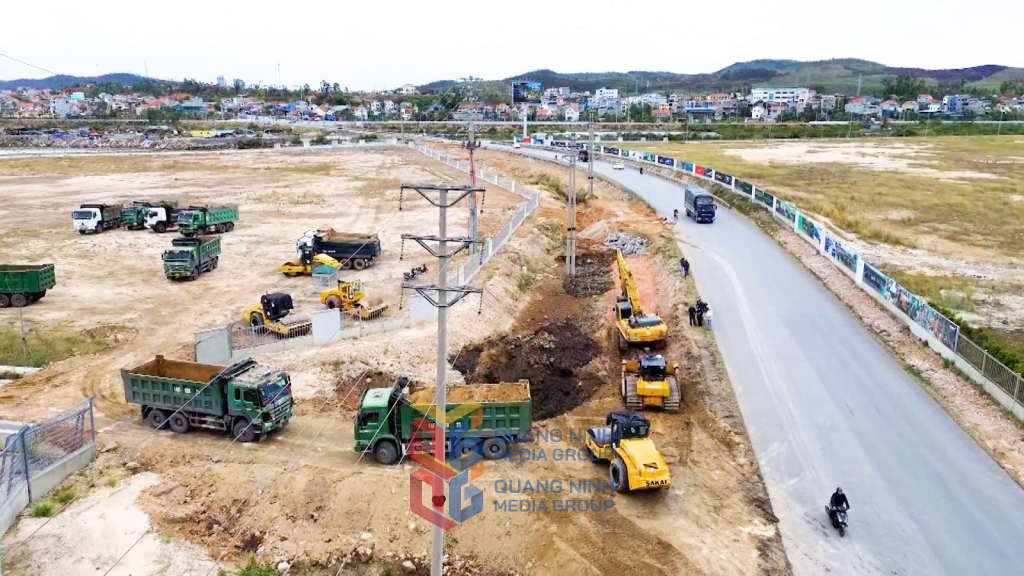Many specific recommendations on human resource development for the semiconductor industry were presented at a discussion held at the Ministry of Planning and Investment this afternoon, August 9.

On the afternoon of August 9, at the headquarters of the Ministry of Planning and Investment, a seminar on "Promoting the role of Vietnamese enterprises in developing human resources in the semiconductor industry" was held under the chairmanship of Minister of Planning and Investment Nguyen Chi Dung.
Speaking at the event, Minister of Planning and Investment Nguyen Chi Dung said that these are practical and meaningful activities to proactively implement the project of developing human resources for the semiconductor industry until 2030, with a vision to 2050; showing that the training of semiconductor human resources initiated and led by the Ministry of Planning and Investment is being strongly responded to and implemented simultaneously by localities, enterprises and universities.
Recognizing and appreciating the companionship and support of ministries, branches and localities, especially the Ministry of Education and Training, the Ministry of Information and Communications, the Ministry of Science and Technology, the Ministry of Labor, Invalids and Social Affairs, Da Nang City, Ho Chi Minh City, Hanoi...) for programs and activities to develop human resources for the semiconductor industry; appreciating the National Innovation Center, TreSemi and FPT Group for successfully implementing the course in the past time, Minister Nguyen Chi Dung believes that the goal of training 50,000 engineers and bachelors for the semiconductor industry, including 15,000 human resources for the design stage, will soon be achieved; meeting the demand for semiconductor human resources at home and abroad by 2030.

Representing the localities attending the event, Secretary of the Da Nang City Party Committee Nguyen Van Quang affirmed his determination to create a favorable environment for businesses to participate in developing human resources in the semiconductor industry. He also expected to have more information, solutions, and opportunities for specific and practical cooperation to improve the training and development of human resources in the field of semiconductor microchips associated with artificial intelligence in Da Nang City.
From practice, the leaders of Da Nang City proposed 3 specific contents to the Ministry of Planning and Investment.
Firstly, promptly submit to the Government a strategy on developing human resources for the semiconductor industry, in which appropriate resources are allocated, focusing on creating conditions for localities with strengths, including Da Nang City, to develop human resources for microchips and semiconductors.
Second, soon have a plan to invest in a national semiconductor industry service center in Hanoi, Ho Chi Minh City and Da Nang to promptly support semiconductor enterprises investing in Vietnam.
Third, there is a mechanism to establish investment funds and funds to support the development of national microchip and semiconductor human resources to support localities to work and attract international corporations to support Vietnam's semiconductor ecosystem.

Minister Nguyen Chi Dung then informed that this August the Government will make important decisions, including the issues mentioned by the Secretary of the Da Nang City Party Committee. The Ministry of Planning and Investment, in its role as a general advisory body on socio-economic development strategies, has advised and submitted to the Prime Minister the "Project on Human Resource Development for the Semiconductor Industry to 2030, with a vision to 2050" mentioned above. This week, on August 5, the Prime Minister signed a decision to establish the National Steering Committee for the Development of the Semiconductor Industry, in which the Ministry of Planning and Investment was assigned to act as the standing agency.
Mr. Vu Hai Quan, Director of Ho Chi Minh City National University, affirmed that the participation of state agencies and enterprises in the training process is extremely necessary. This participation and cooperation helps improve the quality of training, thereby creating favorable conditions for students after graduation and meeting market needs. The current cooperation model between NIC and Ho Chi Minh City National University, FPT and training schools, educational institutions and enterprises needs to be replicated.
On the business side, Mr. Truong Gia Binh, Chairman of FPT, highly appreciated the role of building training programs suitable to the actual needs of the semiconductor industry to realize the goal of training human resources for the semiconductor industry.
Within the framework of the event, the closing ceremony of the program “Basic VLSI IC Physical Design” also took place, officially ending the 3-month course for 70 excellent students from major universities across the country. According to experts, graduates of the program can all participate in business activities.
Specifically, currently, nearly 20 students have been accepted to work at large corporations in microchip design such as Marvell, Synopsys, FPT, Faraday, Samsung... Among them, some students are 3rd year students and most of the remaining students have received scholarship programs to continue their postgraduate training abroad.
MR. PHUONG
Source: https://www.sggp.org.vn/de-xuat-som-dau-tu-trung-tam-phuc-vu-cong-nghiep-ban-dan-quoc-gia-tai-ha-noi-tphcm-va-da-nang-post753344.html





























Comment (0)